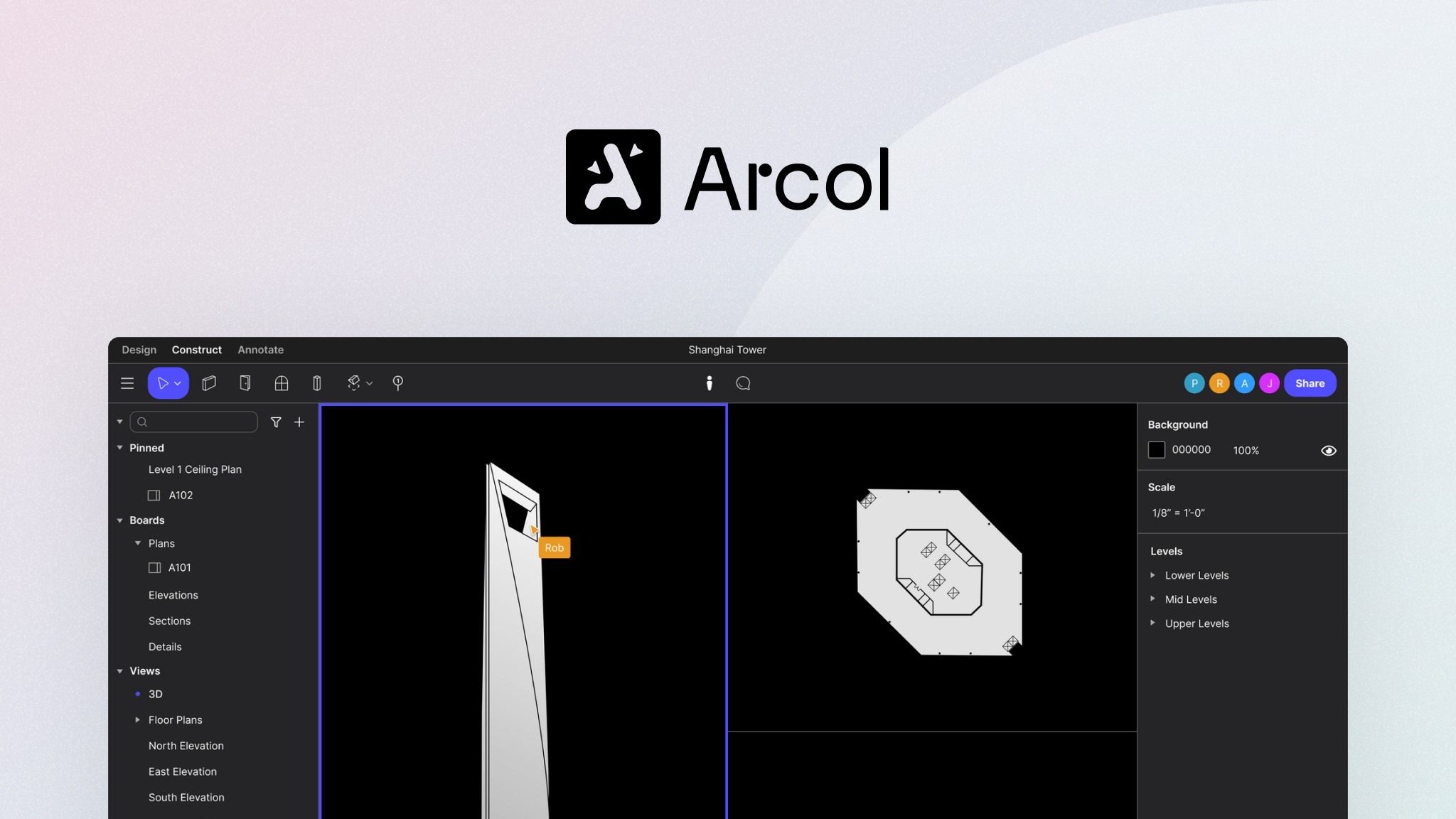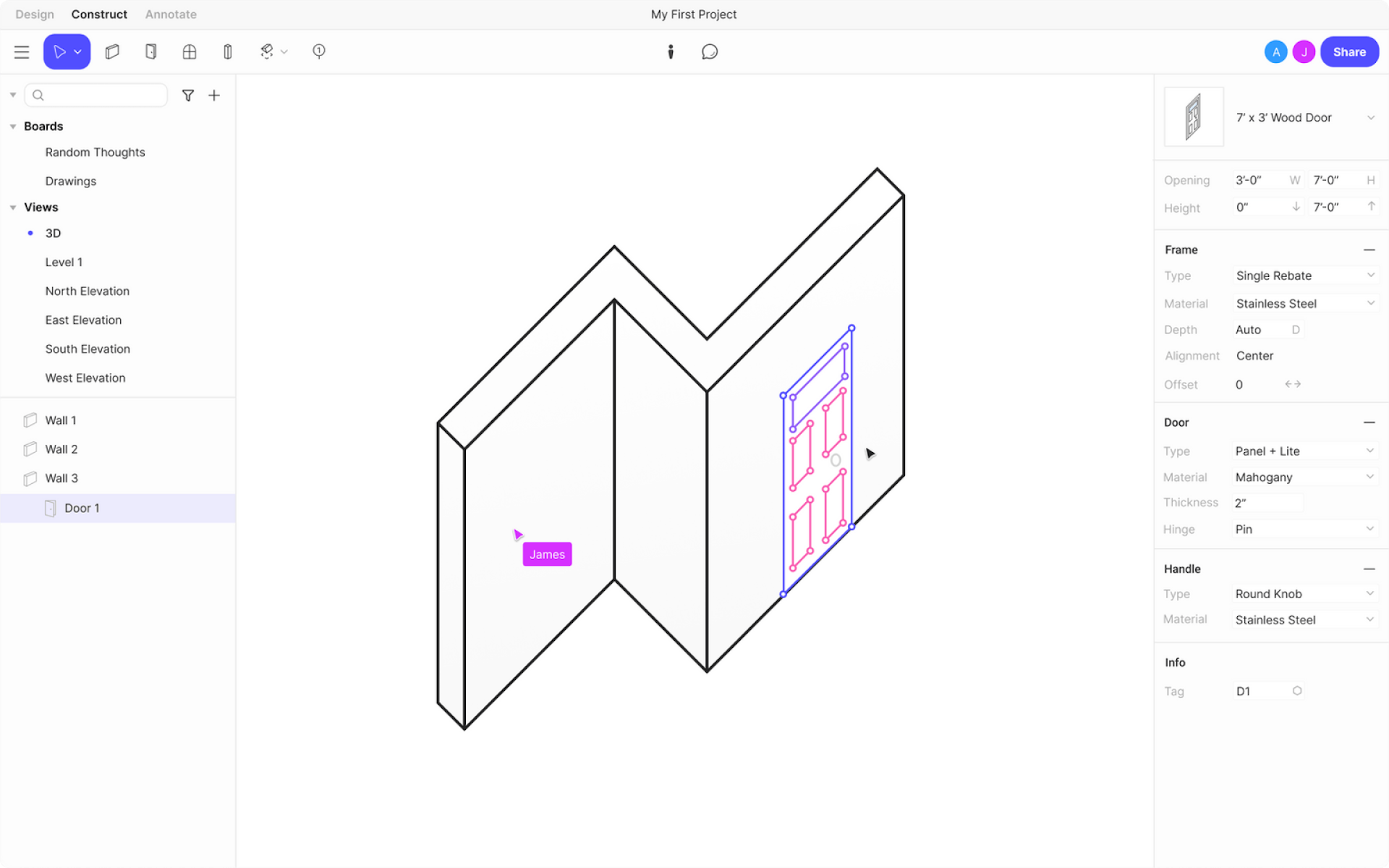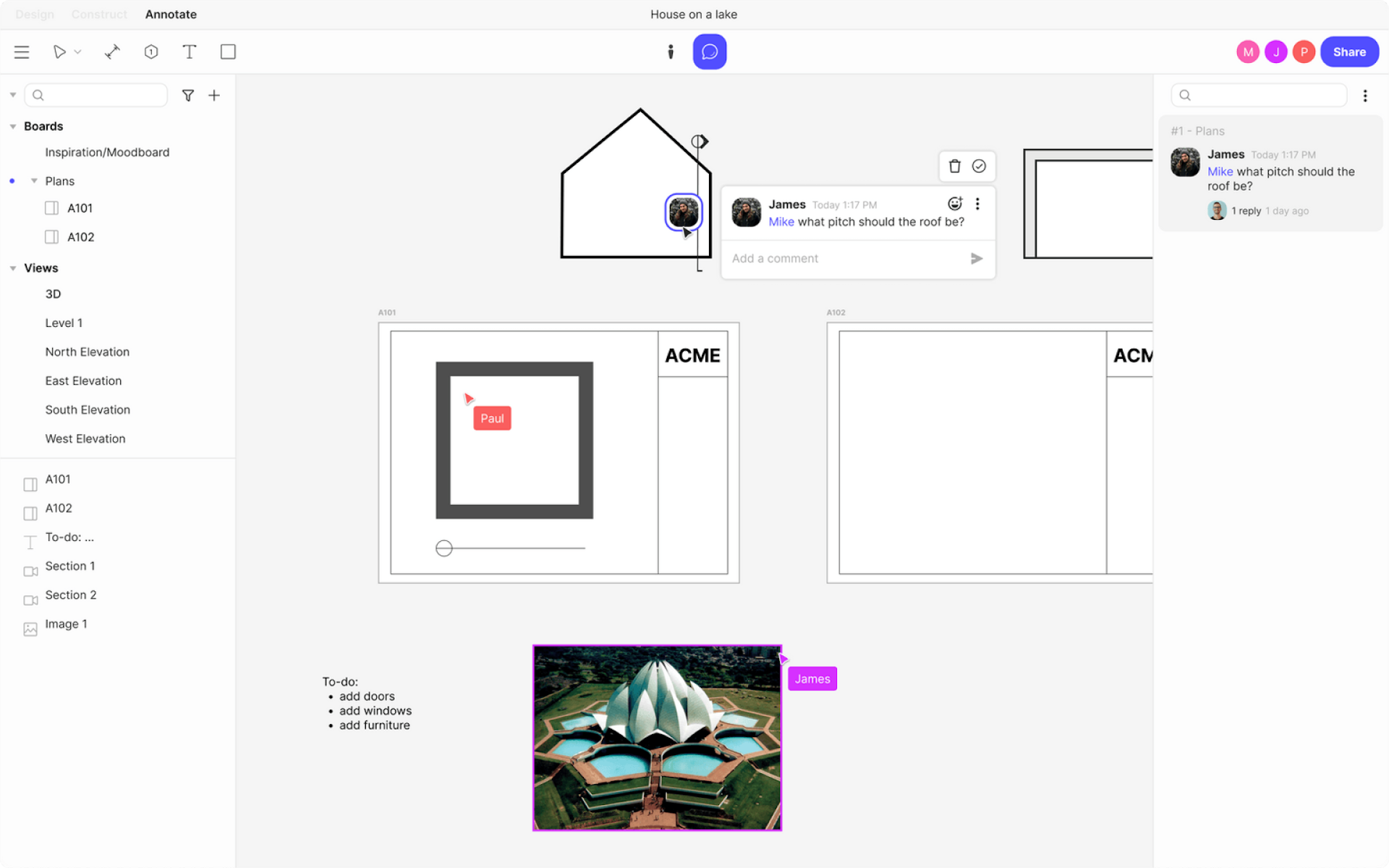Revolutionizing the AEC industry: How Arcol used Liveblocks to create a Figma-like experience for BIM
Learn how Arcol, a browser-based building design and documentation tool for the AEC (Architecture, Engineering, and Construction) industry, overcame technical challenges and partnered with Liveblocks to create a collaborative, Figma-like experience for Building Information Modeling (BIM).


Challenge
Arcol is a browser-based building design and documentation tool for the AEC (Architecture, Engineering, and Construction) industry.
Paul O’Carroll, founder and CEO of Arcol, states that the Building Information Modeling (BIM) industry has remained stagnant over the last 20 years. Current tools are outdated, still desktop based and lack collaboration, even though hundreds of people often work on one building simultaneously.
Paul believes architecture is a collaborative effort, not the work of one person, and that tools should reflect this philosophy.
With Arcol, they aim to create a "Figma for BIM", by:
- Bringing these tools to the browser,
- Rethinking them with modern design principles, and
- Making them natively collaborative.




Bringing BIM into the browser is a tantalizing prospect, but it comes with substantial technical hurdles. The effort required to make this vision a reality cannot be underestimated, and three challenges emerged:
- Creating a CAD geometry kernel designed for parametric modeling that maintains performance with millions of polygons and vertices. Check out their blog post for more details.
- Designing a modeling and documentation tool that meets the complex needs of architects working on demanding building projects.
- Making all of the above available natively in the browser and allowing for users to collaborate simultaneously on a model with realtime updates.
Paul is a pragmatic leader who knows that the best way to address a large challenge is to break it into smaller pieces and outsource non-core tasks to specialists.
Which challenges did they decide to focus their time on? Let's take a look.
Solution
Paul observed the advancement of tools such as Figma, and believed that all processes would eventually become consolidated and happen in realtime.
Even if it’s a core part of their product, it’s not an interesting net new feature set for architects. It should be table stakes.
It came down to the question: “Should we invest our development time in building a Conflict-free Replicated Data Type (CRDT) solution, or are there other people already doing it?”
After researching the market, they concluded that Liveblocks offered the best solution to enable them to embed collaborative features modularly, without worrying about hosting.
We researched the best realtime collaborative architecture provider. We decided to go with Liveblocks and rely on everything with them, partly because we met the team and enjoyed working with them and partly because Liveblocks is stable and amazing.Paul O’CarrollFounder & CEO
Arcol uses React, so they installed the @liveblocks/react package to implement realtime collaboration without increasing their codebase’s dependencies. Liveblocks’ conflict-free data types enabled them to synchronize document state between users, allowing for realtime viewing and editing of the same data.
Within a few days, they created a collaborative project with a canvas where multiple people could create and view shapes simultaneously. Liveblocks allowed for the addition of presence avatars, live cursors, and the ability to view and follow others' actions.
Results
Led by founder and CEO Paul O’Carroll, Arcol is a cutting-edge software company on a mission to revolutionize how architects work. Paul has a unique blend of expertise and experience; he’s a former developer with a track record of building products for Fortune 500 companies, and son of an architect. Growing up, he was immersed in the construction world, sitting under tables on job sites while his father sketched building plans.
In short, Paul had all the skills and know-how to develop his groundbreaking tool single-handedly. He had the technical expertise, the understanding of people’s needs, and the necessary industry knowledge. Instead, he decided to outsource anything that wasn’t core to their differentiators and value-added. They partnered with Liveblocks for the realtime collaboration infrastructure, allowing his fantastic team to focus on the most important aspect: the architects’ experience.
Thanks to Liveblocks, they have access to all the features required to offer a Figma-like experience without the hassle of hosting a realtime collaboration infrastructure.
If this inspired you to make your product collaborative, here are a few references that will help you accelerate development:
- To implement presence logic, check our example: Live Avatar Stack.
- To show realtime updates, check our tutorial: Creating a collaborative online whiteboard with Liveblocks
- To share a document with people, check our guide: Managing rooms, users, and permissions
- To offer a document overview screen a la Figma, check our Starter Kit
Ready to get started?
Join thousands of companies using Liveblocks ready‑made collaborative features to drive growth in their products.


